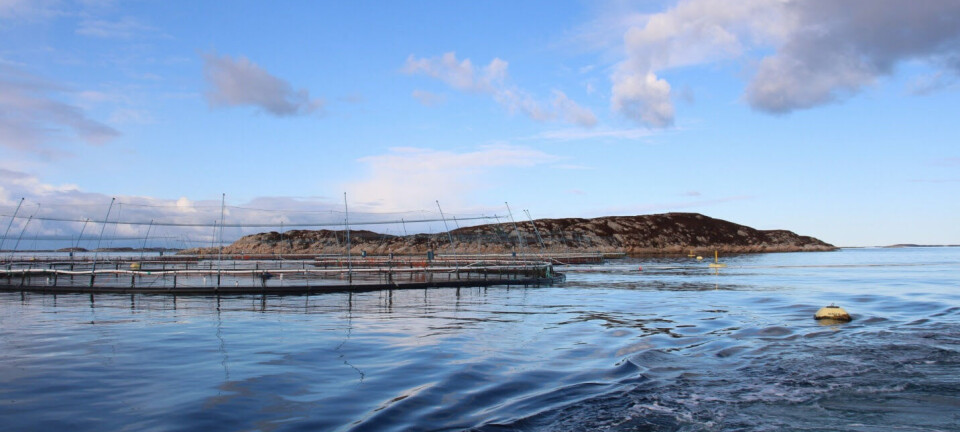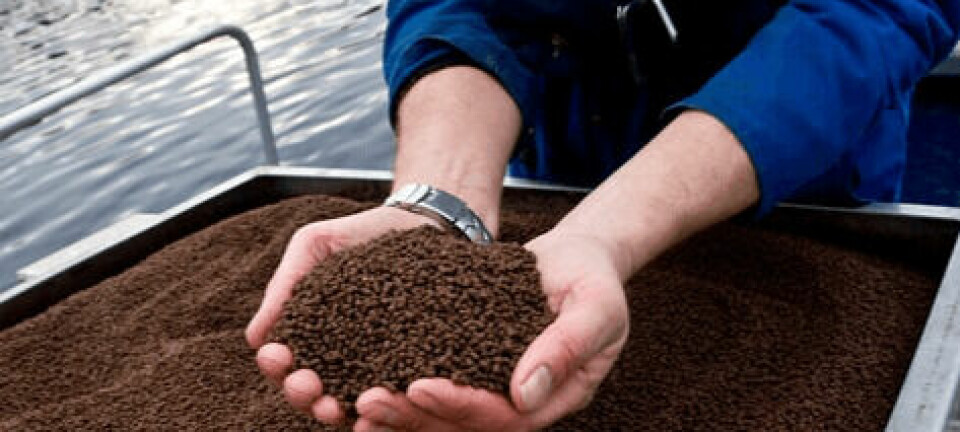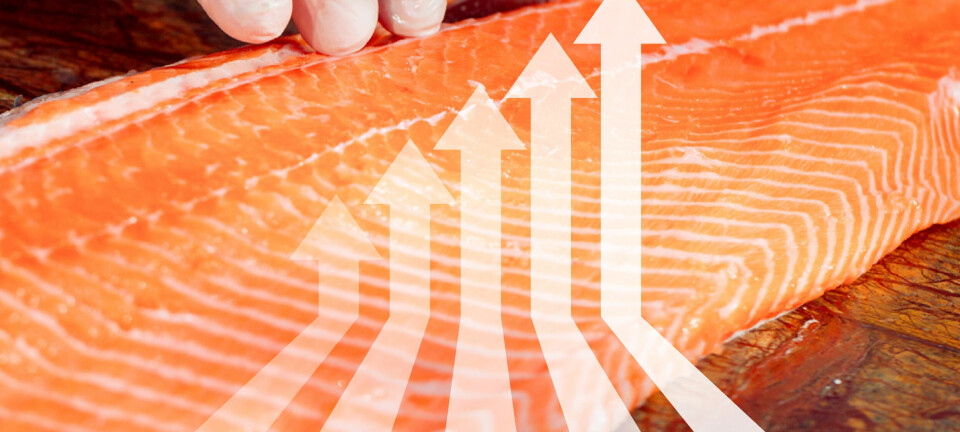
The PVC kelp that helps sustainability
The new Scotland division manager of a company that supplies cleaner fish hides is hoping the fish farming industry’s commitment to recycling will help her corner the market.
Helen Conlon works for Nordic Cover, which she believes is the only company selling 100% recyclable hides and lice skirts.
The equipment is made in Nordic Cover’s factories in Norway and Lithuania from PVC.
Used in roofing
In Norway, the hides are broken down by machine when they have reached the end of their life and can then be used in roofing.
Conlon is in discussion with a recycling centre in Scotland to see if it can do the same, which would remove the need for the hides being sent to Norway when it needs to be repurposed.
Some of Nordic Cover’s hides have been used by Mowi Scotland since October last year.

Three-year life
“They should last three years before they need to be recycled,” said Conlon. “Other hide companies use polyethylene, which just ends up in landfill.
“I was working on fish farms before I got this job, and you do have a lot of waste, which the industry is aware of and is trying to recycle. Some of the equipment has just a couple of years’ life.”
Conlon has a thorough knowledge of hides, having spent a total of two and a half years working in Mowi’s cleaner fish team and as a farm technician.
Crucial for cleaner fish
“Hides are crucial to the health of the cleaner fish. You can see the fish using these hides to rest, because they are not strong swimmers. The lumpfish physically stick to the hides with their sucker.
“For wrasse, a hide is an area where they can feel safe. They can be quite territorial about the hides, so you need a different hide set-up than that used for lumpfish.
“So, the hides are important to reduce the competition in the pens, but they do use them to rest as well.
“The hides also act as ‘cleaning stations’ - a place where the salmon actively go to be cleaned by lumpfish and wrasse.
“Mowi have a mix of our hides and another supplier. We are hoping that all their farms will eventually have our hides.”























































